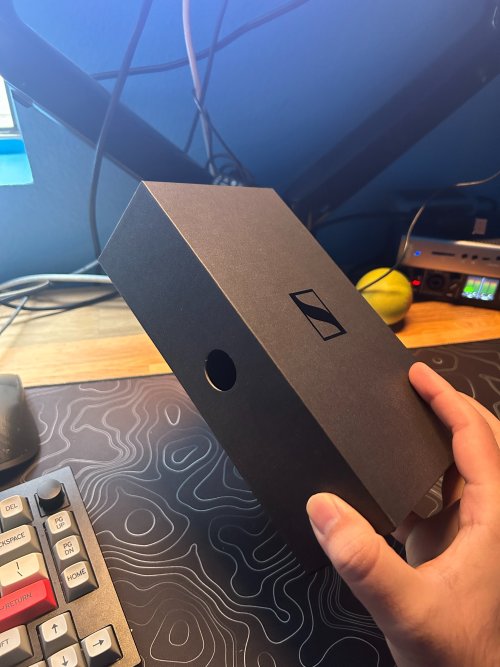First thing is that I am reflecting actual listening experience since I have the IE600 for testing.
Then, I do not disagree, after all you already know that only personal listening experience is the one that matters in the end.
My concern is that a lot of people get influenced a lot by the graphs and then their brains gets affected by the graph to hear things that otherwise they wouldn't.
Let's make an assumption - experiment.
A brand releases the "X" new headphone.
Then we select a number of listeners from expert reviewers to everyday users.
They are not allowed to browse into frequency response graphs.
They can listen to whatever music they want but not frequency sweeps or test tracks.
Then we ask them to draw a frequency response graph or narrate their experience based on the listening tests.
I bet that the outcome will be deeply surprising and most of them will not be able to draw the actual line or sufficiently tell where a dip or a peak is.
What I am telling is that frequency response graphs are only valid for establishing a basic line of reference.
Nothing more and don't let them influence your brain.
While reviewing an earphone I try not to browse into graphs.
I understand what you say perfectly.
And I don't think I knew how to draw a graph of the sound I'm hearing, starting from scratch. But fortunately there are databases of graphs, measured under the same conditions and with the same equipment, that allow us to compare. And that is where the secret lies, in the comparison.
If you have or have tried a model whose high mids, or highs, are at your limit, you can know by comparing its graphs that another model with a greater amount of high mids or highs, and the same amount of bass, will be annoying. You can extract several important ideas (like the one above) from a comparison of the graphs, which allow you to make a preliminary idea of its sound.
Not all of us are lucky enough to be left or even given the headphones to test them or do a review, and many of us don't have a store nearby where we can try them. Thanks to the existence of the graphs, we can at least get some first ideas of whether their sound suits our tastes, or not. And if we do make a purchase, at least not do it completely blind.
For me, those ideas have always been much more fruitful than relying on the opinion of any reviewer, whoever they may be. Simply because I don't listen to the same music as them, nor do I like the sound in the same way as them.





























